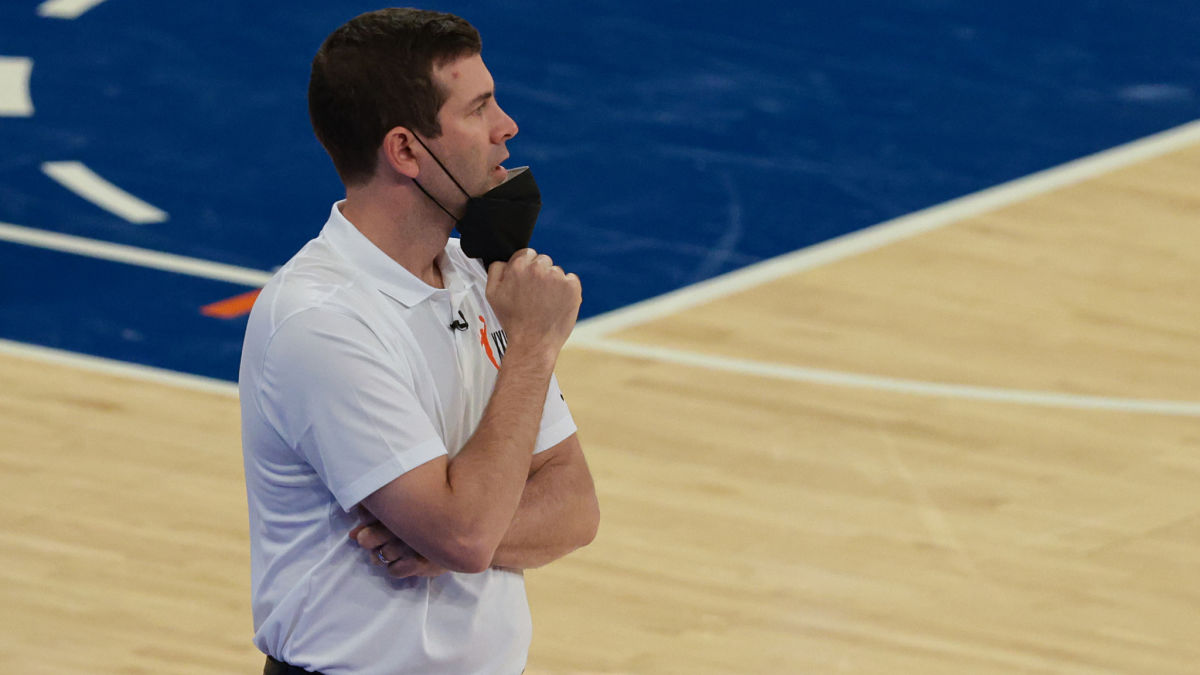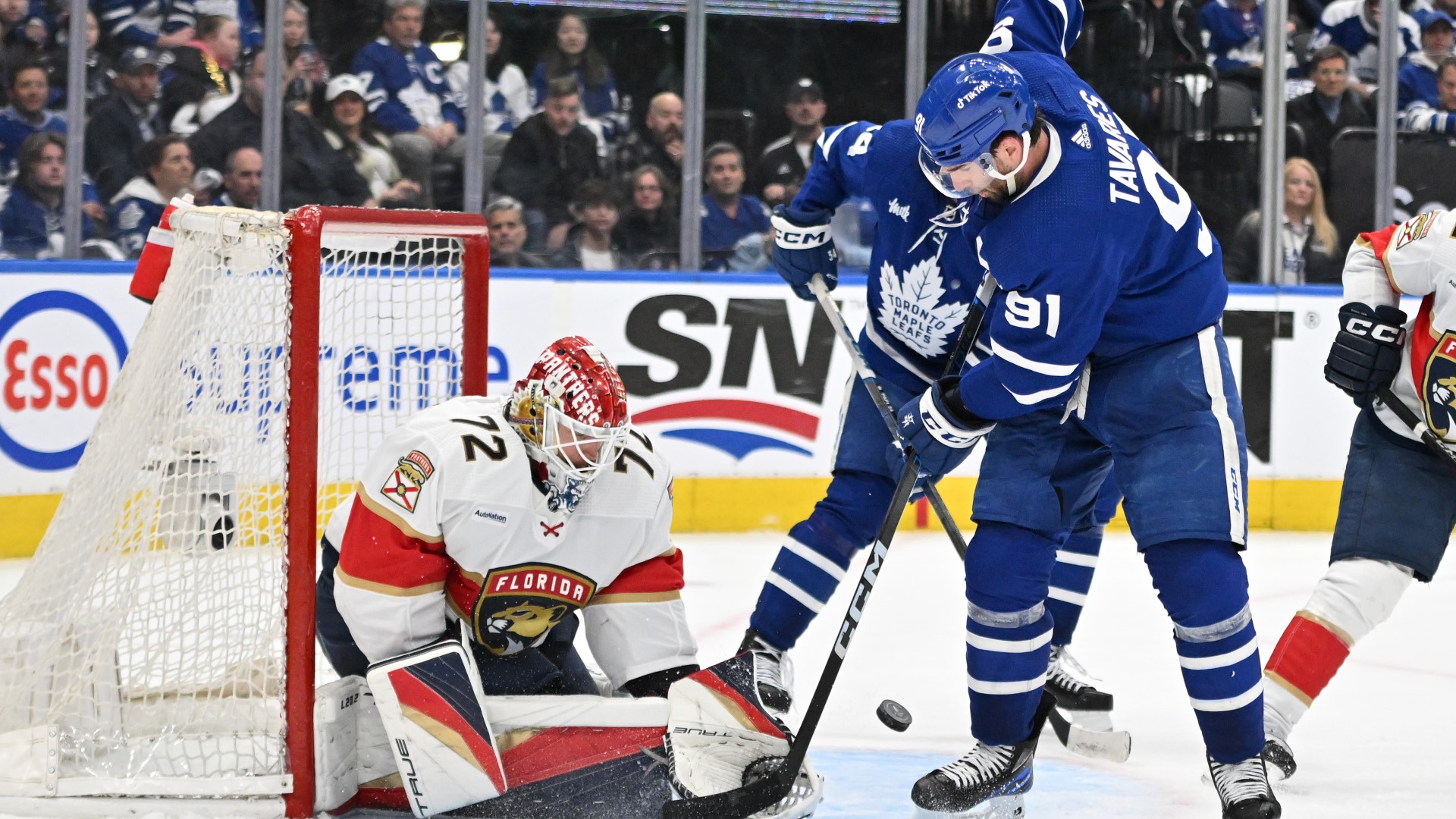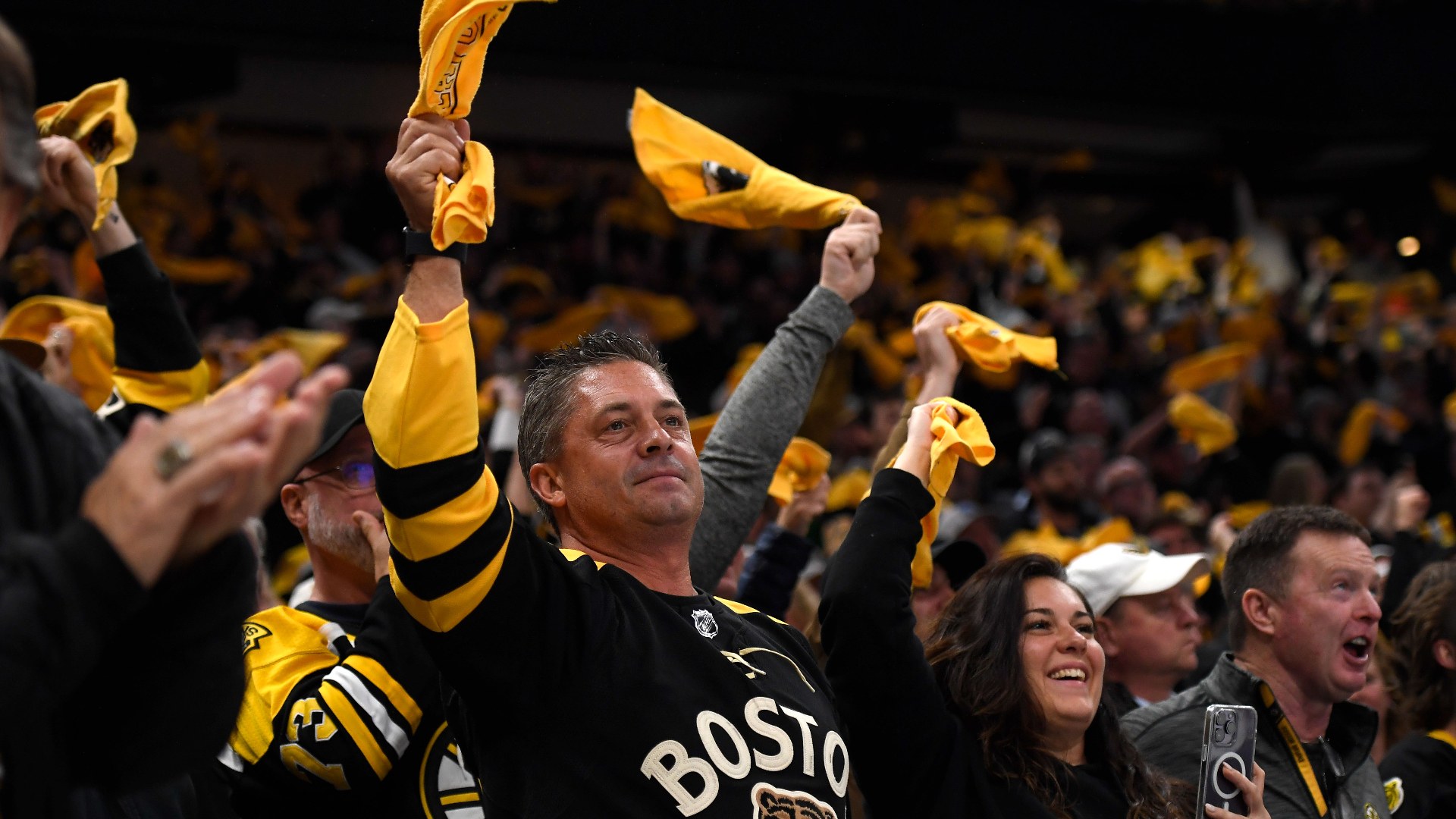Boston Bruins coach Bruce Cassidy certainly bucks the trends when it comes to NHL coaches in the Stanley Cup playoffs.
Bench bosses are notoriously tight-lipped when the tournament begins, but the chatty Cassidy apparently doesn't buy into that old-school way of thinking. Cassidy is refreshingly open about his lineups and his team's strategy any time of the year, even in the postseason.
His team will try to even its first-round series with the Washington Capitals on Monday night in D.C. Boston played a solid Game 1 but couldn't get the bounces and lost in overtime. The defeat, however, wasn't simply a result of bad luck. Despite executing the game plan in "pockets," Cassidy has been forthright about where his team must improve Monday night.
MORE SPEED
Cassidy has stressed the Bruins' edge in foot speed should be an advantage in this series. They weren't able to fully utilize it in Game 1.
"Some of it is just your spacing in the offensive zone," Cassidy said Sunday. "If you can pull them away from their net, they play a little man-to-man, that can work, as well, if the D get moving and you're active and making good decisions with the puck."
He added: "It's not all about bull-rushing toward the net. There's a time and a place. You've gotta get there, but if you can also use your skill and speed and move pucks around, find the pockets of open space, you're going to get looks that way, as well."
Case in point, was this goal Brad Marchand scored in late January.
"I thought the other part was our neutral zone attacks," Cassidy added. "We did have some time, but we didn't really challenge their D enough, I thought there was some opportunity."
Taylor Hall did a good job of that in Game 1, drawing two penalties. Boston needs more of that in Game 2.
SLOW THE RUSH
The Capitals had far too many odd-man rushes in Game 1, which is a hallmark of their game. The overtime game-winner didn't come as a direct result of a rush, but the Capitals did enter the zone with momentum and speed before Nic Dowd tipped in the winner.
That was just one of a handful of Washington attacks that put Boston back on its heels.
"Certainly, they're good at it," Cassidy said Saturday night. "Some of it is our gaps weren't good enough from our D. They have some good forwards, so we probably respected them too much. We made probably three bad decisions by our D to get involved with the rush when it probably wasn't the best time. … Some of that was self-inflicted where you just have to make better situational reads when you're gonna go. I thought some of that was off."
Those sorts of plays -- "sneakaway plays," as Cassidy labeled them Monday -- can change the game, obviously. Limiting those will go a long way in forcing Washington to play a one-zone offensive game, and taking that away starts in the Caps' zone.
"You'll watch when there's turnovers -- (Alex) Ovechkin's gone, (Conor) Sheary's gone -- some of their other wingers will take off, so the D have to be careful (if) they activate, there's (going to be) a legitimate chance they're going to help keep a play alive or be part of the rush," Cassidy said Monday.
GET TO THE FRONT
This kind of is related to the speed thing, but the Bruins not only struggled to create space for themselves on the doorstep but also on the driveway leading up to the "house."
"When it is a matter of getting to the net, make sure you're willing to get there and establish some good position and be in position to find the puck and take away the goaltender's eyes," Cassidy said Saturday. " … At the end of the day, if you make it tough on any goaltender to see the puck, they're going to have trouble controlling their rebounds, and good things can happen from there."
The Bruins had success with this, especially in the mid- to high-slot, often during the regular season and did so against the Caps, too.
This goal, also from that Jan. 30 game in Washington, was a perfect example. Granted, it came on the power play, but look at how Patrice Bergeron gets to the slot with Nick Ritchie taking away the goalie's eyes.
This goal, from Feb. 1, brings into play both the footspeed element and getting traffic around the net.
It's simple stuff, but it's the sort of thing Boston couldn't do enough in Game 1.
The tweaks are all pretty straightforward. That the Bruins came so close to winning while not playing their best game should be encouraging. Whether the Capitals allow them to make these adjustments, though, unquestionably will go a long way in determining the series.







